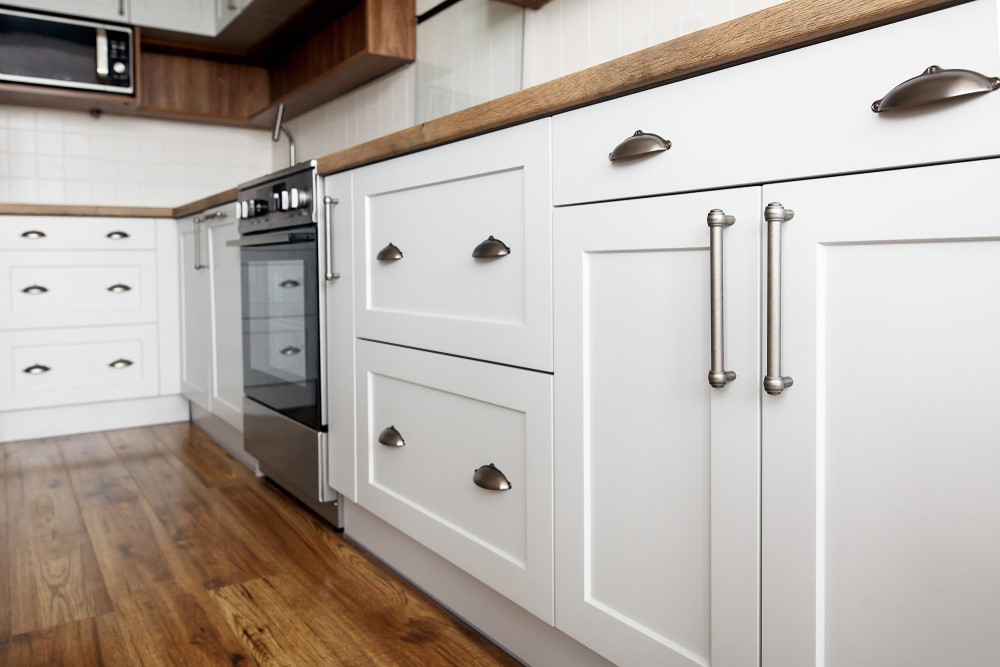Getting the urge to try out your green thumb? Elevated or raised bed gardens are one of the most convenient and attractive ways to add vegetables or flowers to your yard. While many people find the process of making a raised bed intimidating, there is little to worry about. A raised bed can come together in an afternoon with the right materials.

Reasons to Choose Raised Beds
Raised beds have several advantages over ground-level planting. They offer better drainage, which can prevent root rot. Raised beds make it easy to improve your soil to raise fuller, more vibrant plants. They are also easier to work with because you do not have to bed as far in order to use them.
When you start a raised bed with fresh soil, you can avoid many of the weeds that can be a problem when using the topsoil already in your yard. This means less time weeding and less competition for the plants you want to grow.
A raised bed garden is also aesthetically pleasing. Create multiple beds with paths between to add a calming garden oasis to your yard.
How to Build a Raised Bed Garden
Putting in elevated beds is far easier than it looks. Choose the wood for your border and decide how tall you want your beds to be. Depending on your carpentry skills, you can either build the entire bed yourself or buy premade corner brackets.
Best Wood Choice for Elevated Beds
Many people recommend cedar because this wood is naturally rot-resistant. However, juniper and redwood are also good choices. Choosing rot-resistant woods will ensure that your beds last longer. Many well-constructed beds can last 15 years or more. Our treated MicroPro lumber is also a safe alternative for raised garden beds.
Setting Dimensions for a Raised Bed
How tall the bed should be depending on the soil beneath. If you have good soil that roots can penetrate, a bed that is only six inches high can be sufficient. The most common bed height is 11 inches, which can be accomplished by stacking two six-inch boards. The maximum height for a raised bed is about 36 inches.
Whatever height you choose, remember that you have to add soil to fill it. Additionally, taller beds will need more support than shorter ones because of the weight and pressure of the soil.
Beds should be no more than four feet wide. This allows you to reach the center of the bed without stepping on and compressing your soil. The bed can be as long as you wish. Just be sure to add cross supports every four to six feet.
Choosing Soil for a Raised Bed
You can use the topsoil from your yard; however, adding soil to a raised bed is an opportunity to choose rich, weed-free soil with improved drainage.
Many people start their first garden with purchased soil. A mix of 1/3 peat moss, 1/3 vermiculite and 1/3 compost offers both drainage and nutrition for plants. If you have a supply of compost at home, you can also make a homemade soil with half compost and half topsoil.
For building supplies and more information on your next home improvement project, stop on in our store or give our team at Nuzum Building Supplies a call!











 se simple steps to improving your kitchen:
se simple steps to improving your kitchen: